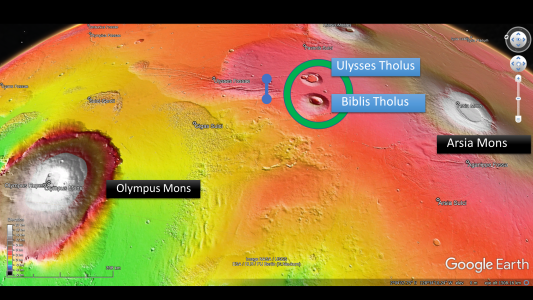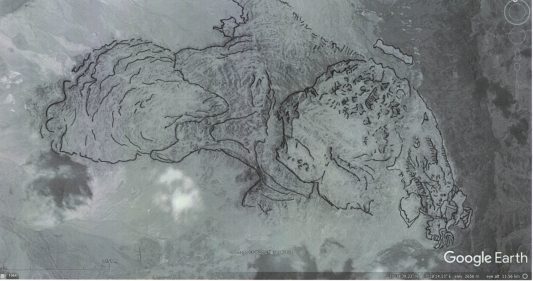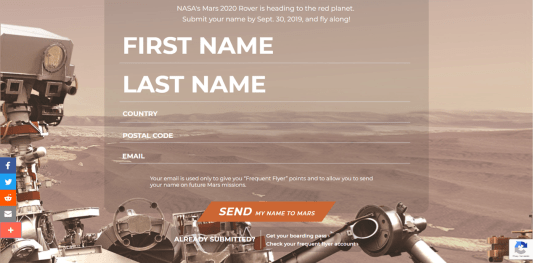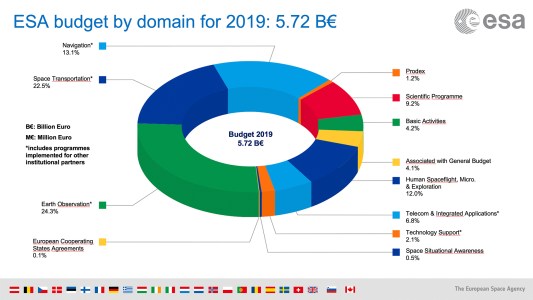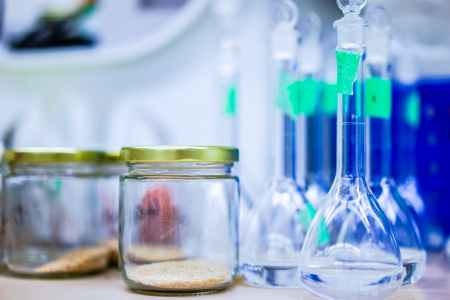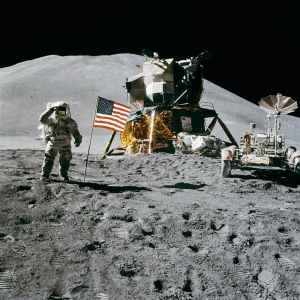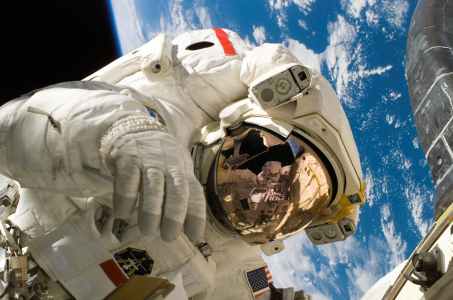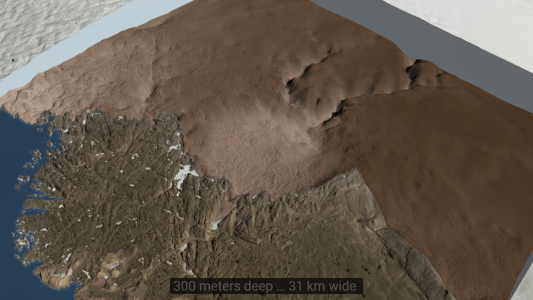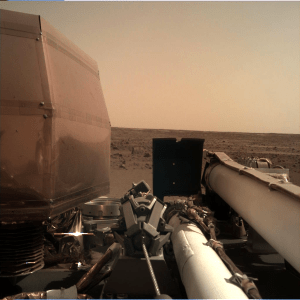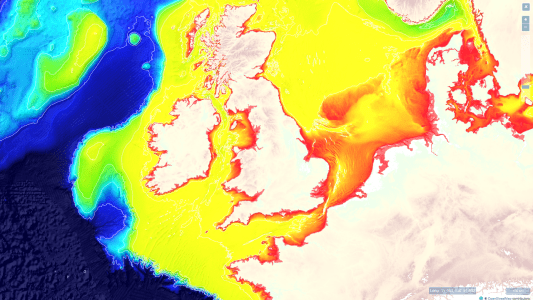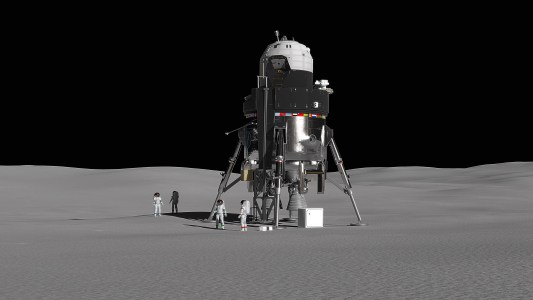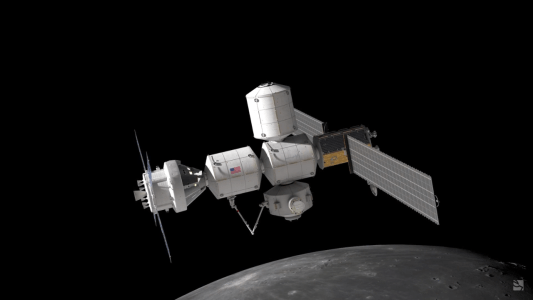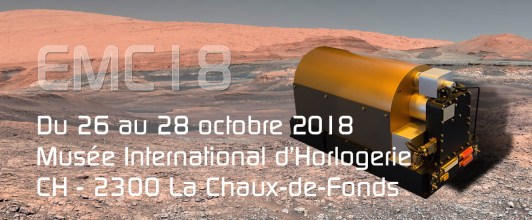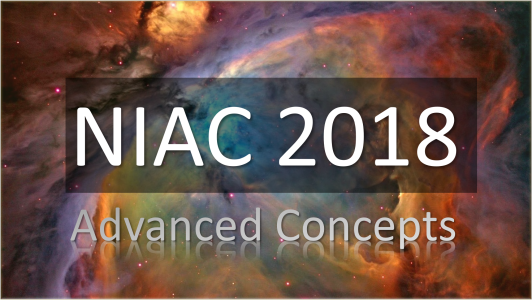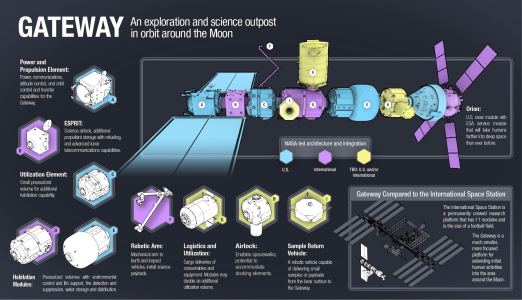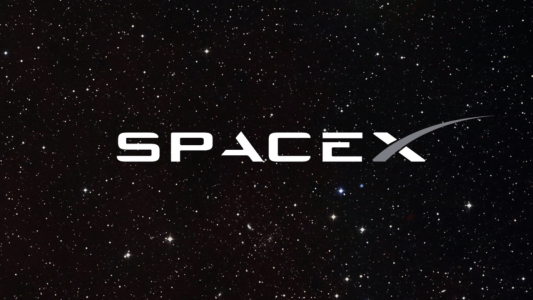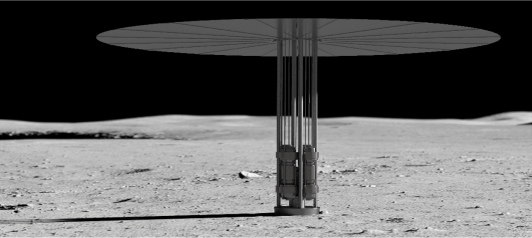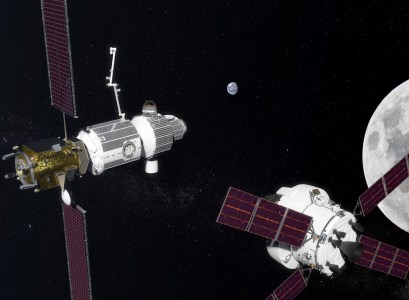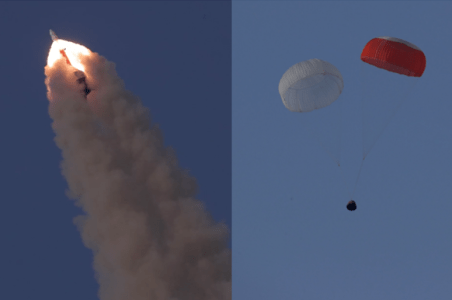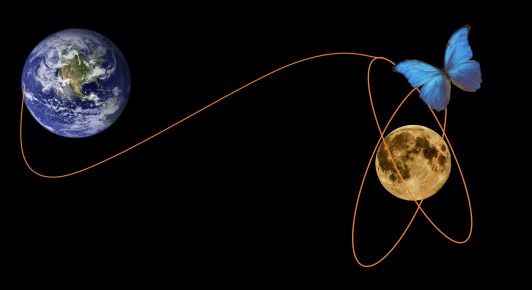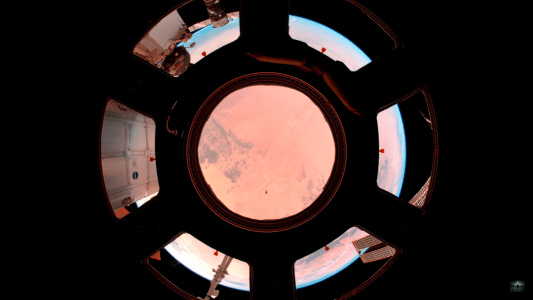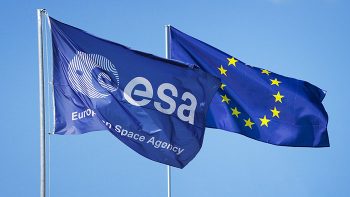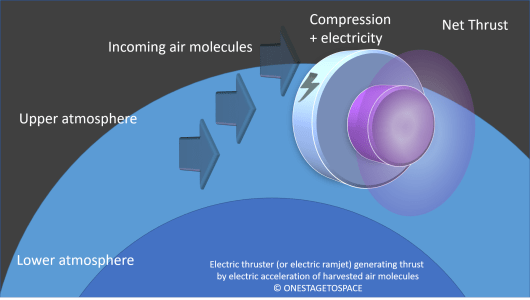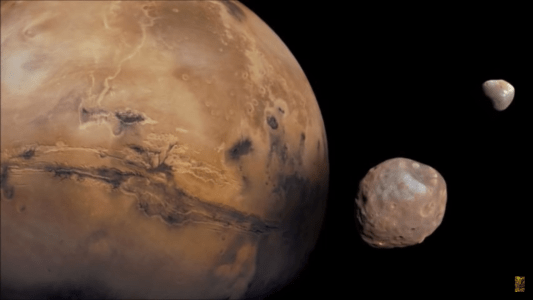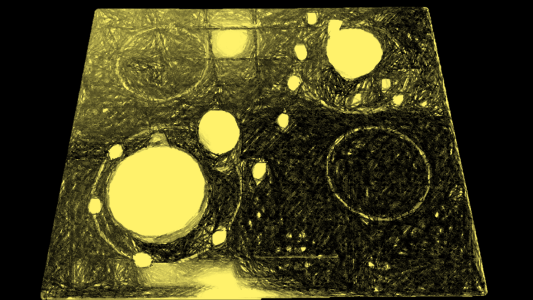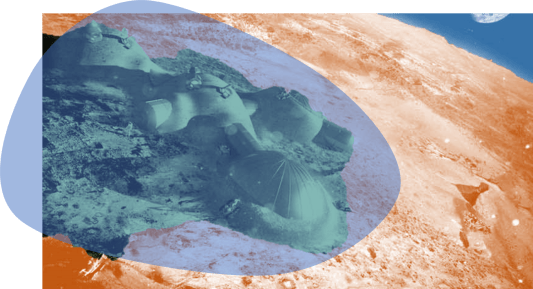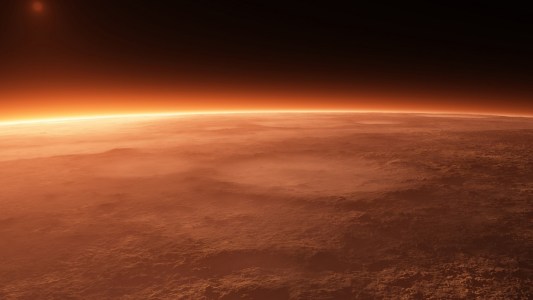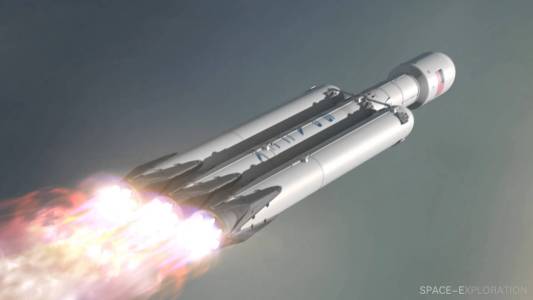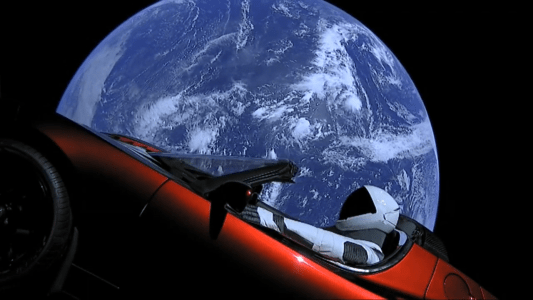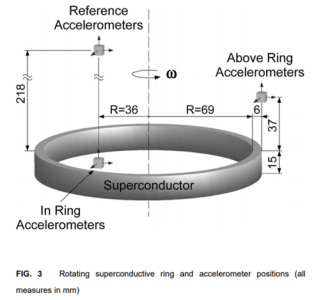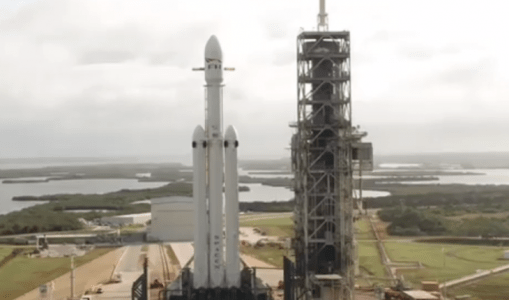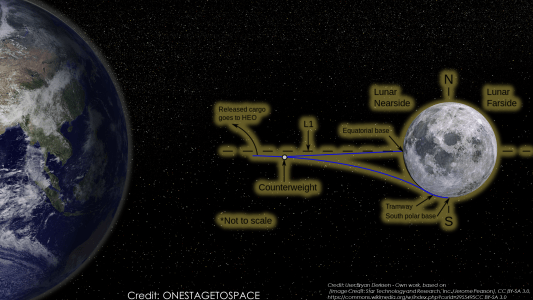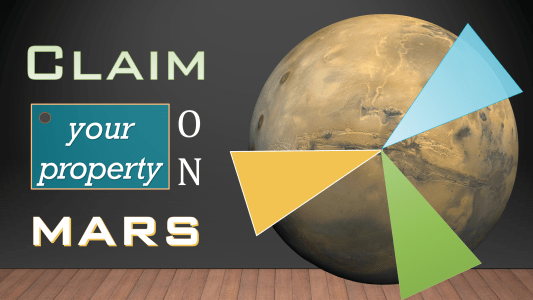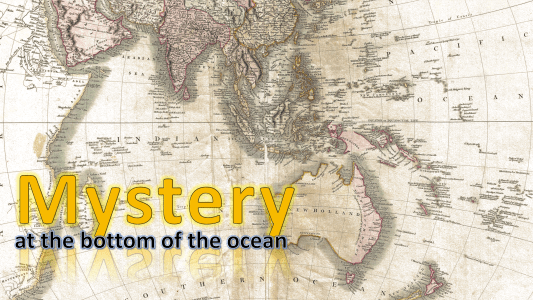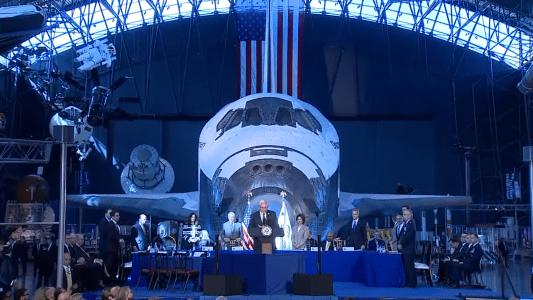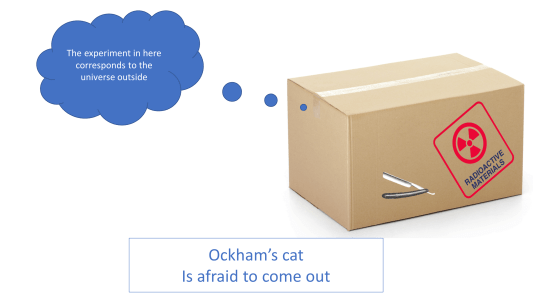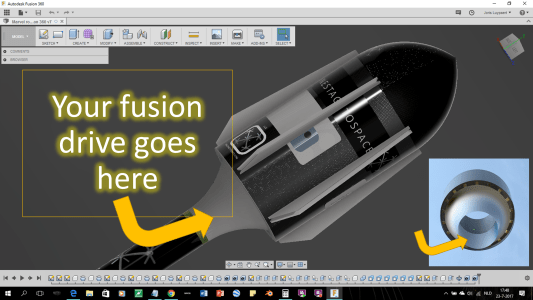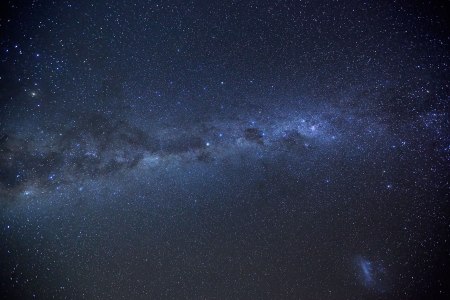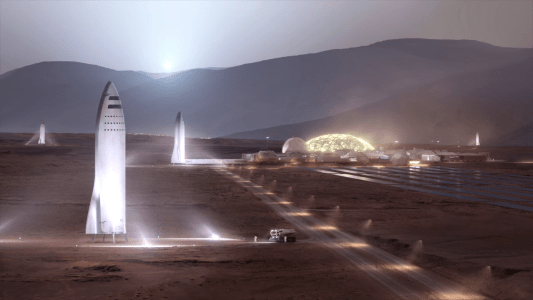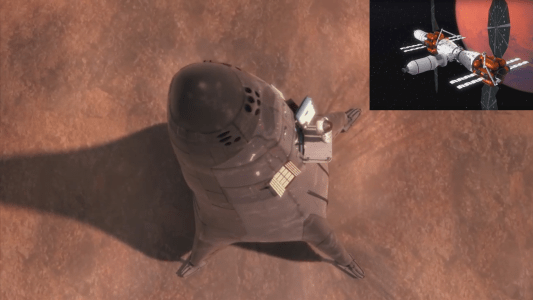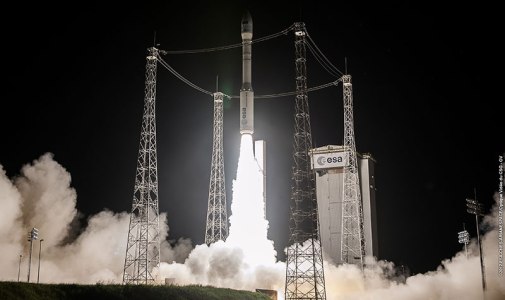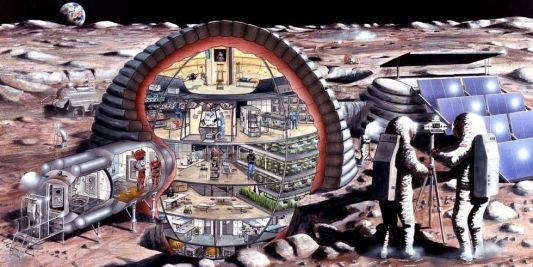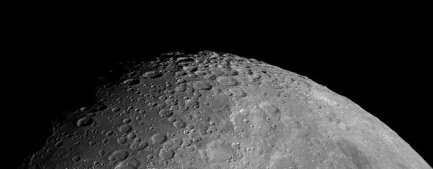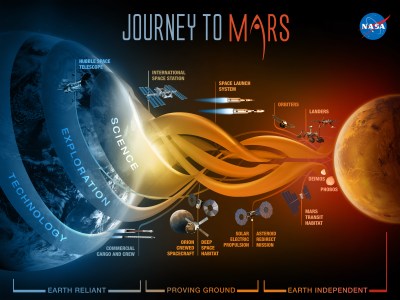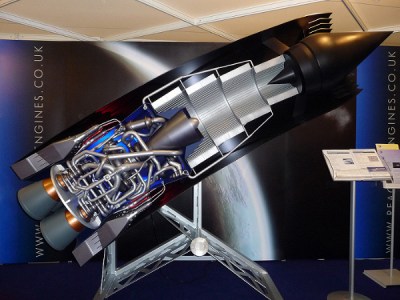Humanity has set its sight on Mars. Not only Billionaires or the wealthy like Elon Musk, Richard Branson, Jeff Bezos and Robert T. Bigelow, are voicing their plans to help with the colonization of Space or Mars out loud. Space agencies internationally have set exploration of the Moon and Mars central to their exploration agenda.
And while it is true that the international space agencies are centering their efforts for the next decade around a base in lunar orbit, the LOP-G or Lunar Orbital Platform-Gateway (formerly known as the Deep Space Gateway), and which could support vehicles communicating with a Moon Village on the surface, the missions are seen as a dress rehearsal for missions to Mars, which can only be sent every 24 months due to the way the planets only briefly align in their slightly differing orbits around the Sun. Private entrepreneurs can go their own way. If they decide Mars is a better destination, they are free to spend their own wealth to reach it.
The debate of whether man should or should not set foot on Mars, is no longer driven by technological concerns, because the technologies to do so are available and viable, and costs have become manageable by private enterprise, but about whether a human presence is ethical or not.
You see, it might very well be possible that Mars is inhabited by Martians today. And while science has no reason to believe to have proof for intelligent life or martian animals, there are now enough conclusive indications to suggest that Mars, even today, can be a place where microbes are thriving. When we take terrestrial life as a guide, they are most likely to be found living not on the surface, which is bombarded with radiation, is self-sterilizing and only has a thin atmosphere (0.6% of terrestrial sea level pressure), but possibly in aquifers underground, just as the briny aquifer with a diameter of 20 km, whose find beneath the Martian polar ice cap was announced in 2018. A team of Italian scientists used data collected over several years by the MARSIS radar instrument on board the European MarsExpress orbiter, and a long period of eliminating alternative explanations, to arrive at their conclusion, published in Science. After NASA introduced the research mantra ‘follow the water’ a couple of decades ago, in the quest to discover the life enabling substance of Mars, a liquid body of water has now for the first time definitively been detected on Mars by a European satellite. Finally, some would say. Even if the find has been telephoned for decades, including by the geological mission being performed by the MSL Rover Curiosity (which encountered clays, other minerals and complex molecules that can only form in the presence of water), it is still revolutionary stuff. The liquid is salty, but can be filtered for human consumption to supply an entire human colony (and to make propellant for the return trip). The very salty mixture, compressed by the weight of the polar ice, would on Earth be habitable by certain microbes, extremophiles, which thrive in these and similar environments. And if you wonder whether anything can hibernate in this water, or even in the ice above it, just recently a study has been published in the journal Doklady Biological Science reporting the find of worms that came back to life after having been frozen in the Siberian ice of the Kolyma River Lowland for 42.000 years. Plenty of time to survive less ideal climates, be it on Earth or on Mars.
And this raises old issues. The Committee on Space Research (COSPAR), in the wake of the Space Treaties of the 1960’ies, has established an international framework trying to find adequate procedures for what to do when terrestrial life meets extraterrestrial aliens (of the smaller kind). Not only is its role to protect Earth against contamination by life and substances from other planets that can potentially create diseases on Earth; it’s role is also to protect Martian life from being wiped out by terrestrial microbes which the leaky habitats of astronaut suits and habitats will inevitably contaminate the Martian surface with. Even if the Martian soil has a sterilizing nature, the Martian wind could still spread them around.
The science community wants to protect large parts and some scientists even Mars itself, against the danger of such forward contamination. Not only do they want to be sure that the life they discover is from Mars (and not a hitchhiker from Earth), but they also desire to keep the environment as intact as possible for scientific reasons, ethical concerns or ideals of pristineness. Even in the culture of science fiction, we sometimes see this ethical stance expressed as the ‘prime directive’ to not interfere with life on another planet (albeit that they meant intelligent life that is not yet warp speed capable - Star Trek).
The question is whether any human exploration can be compatible with this scientific ideal. It turns out to be impossible to perfectly sterilize an entire spacecraft, even a robotic one. Some compromise, a cleanliness level that permits only a small amount or bacteria per area of sterilized equipment, has always been needed on even the cleanest scientific mission. On Earth, even in Antarctica, different levels of cleanliness are used; they divide the continent into zones for human activity, zones for limited activity and zones that can only be visited with hazmat suits in order not to contaminate the unique bacteriological communities. Wind will always carry some bacterial load into secluded zones, potentially throwing mud into the scientific results.
But seeing a ‘less clean’ human presence on Mars as a form of contamination or wording the debate in terms of ‘contamination’ in the first place, might not be the only way to look at things.
Exploring and settling on Mars might be ethical all by itself. And not only because Martian resources could benefit communities on Earth or a human chapter on Mars being an insurance policy against another ‘dinosaur killer’. Our presence, the biology we bring, the efforts we do to grow food inside of our Martian base and possibly outside of the dome (which would be a feet of genetic engineering or simple plant selection) might have the result of enhancing, ameliorating the environment of Mars for all forms of life, imported from Earth or Martian. It could be that the heat of our domes, the imported nutrients, the electrical energy leaking from an energy network might deliver extra energy and nutrients to the martian bacteria, who would then benefit from our presence. For all we know they might welcome it and throw a (tiny) party. Their micro-world would no longer remain undisturbed, but could even evolve to profit from this increase in energy and become more dynamic.
Whether or not this leads to new forms of diseases, averse immune responses, or the death of bacterial cultures, is a possibility that cannot be explored on Earth. It is only by being present on Mars, an environment that is per definition quarantined from Earth, that we can find out if our interaction is harmful and in what way to either of the parties. Sample return missions, for all their worth and merit, cannot deliver enough material with enough diversity, to ever settle that question. Astronauts will on a daily basis, just as humans in everyday life, be the guinea-pigs who will get sick or not from interacting with their environment. Often in the debate, reference is made to the South-American and North-American Indians, whose populations decimated when they came into contact with European diseases. While this is true and a painful episode in history (and we are not insensitive to the atrocious violence, which didn’t help), it remains a fact that these populations are still alive today, because the ones who survived developed an immunity to European diseases (and because the violence subsided). Exposure to foreign lifeforms, after having lived isolated, does not necessarily lead to extinction. Controversial or not and incomplete of an analogy is at is, these Peoples are now, from a disease immunity standpoint, better equipped for their changed environment.
Framing the debate in terms of extinction events, might be too harsh. From the opposite side, maybe it is better to wonder if terrestrial life can even survive beneath or on Mars. We know we can protect ourselves against radiation and pressure drops by designing our bases correctly. But there are other red flags. Often we read that the martian soil is toxic to life, wreaks havoc on our lungs and must be kept out of habitation modules at all cost. While this is true for some types of Martian soil compositions, this is not universally true. And even the toxic soils can be mechanically and chemically treated to be harmless. But what is it that really happens when terrestrial biology comes into contact with Martian soil?
Already we are starting to see signs that terrestrial life is compatible with soils in the Martian environment. A prolific researcher in the Netherlands, dr. Ir. Wieger Wamelink, who works at the University of Wageningen, has been for a couple of years now researching if some of our terrestrial crops (including radish, pea, rye, tomato, potatoes and salad) would do well in the Martian soil. It turns out that they grow very well, almost as well as their friends in terrestrial soil. Regarding potatoes, … they are a bit smaller, looking more like gourmet chef varieties. That however should not be a surprise. On Earth we took centuries to crossbreed the many thousands of potato varieties and discover the highest production yield variety for a certain region, soil, taste, use and weather type. Because Mars has different soil types, this exercise has to be repeated. Wieger Wagelink does his testing with Martian soil simulant, based on the soil sampling data the NASA rovers send back to Earth. The real test will be growing several varieties in the Martian soil which is present where the astronauts happen to land. If it turns out the local soil is too toxic, the astronauts can always grow crops in hydroponic or aeroponic systems, which require no soil, and which are commonly used in indoor vertical farms. Another positive surprise in his soil research was that when Wieger Wagelink introduced Earth worms into the unweathered Martian soil simulant, they were able to digest the sharp glass-like particles without problem, coating it with their saliva. In fact they were so happy they even produced normal offspring. Just as on Earth, bacteria, fungi and worms will thus be able to help convert the Martian soil to aerated healthy living soil, ready to increase productivity even more. As a final research topic, he tested whether the heavy metals present in the martian soil would be absorbed by the plants but it turns out the plants are safe for human consumption.
Today it wouldn’t make sense to see Mars as an agricultural colony just yet. Still, for journeys deeper into the solar system, Martian food produced in protected environments could mean Mars will become a crucial part of a solar system wide food network.
So what is the ethical approach in this discussion? Should we see Mars as a biological microbial zoo, or should we allow humans to visit it, settle and colonize this planet, while making certain zones off limits just as we do in reserves on Earth and e.g. in Antarctica?
The original space treaties said it best where the saw space as the ‘preserve of all mankind’. One thing we know for certain about mankind: we are diverse in our cultures, ideas, ambitions and behaviors. If mankind finally colonizes space, this same diversity will have to be catered for. Not all human communities (be it a subset of the scientific commercial, governmental, political or religious communities) agree to see the fate of extraterrestrial bacteria as superior to our own fate.
Combining all of the possible views, without ending up with a top down dictate no-one is happy with, a compromise must be found. This means there must be a way, not only for different approaches to living on Mars should be allowed to coexist, but also for humans to be able to coexist with Martian bacteria. This will probably result in a range of different levels of spacecraft sterilization protocols without immediately converging on overly expensive ones that are counterproductive because they could even make scientific exploration unaffordable. The sterilization effort (and associated cost) will most likely be in accordance with the level of protection that certain zones on Mars, but never the entire planet, deserve. In this way both simple religious ideals like ‘go forth and multiply’, hedonist ideals like ‘the world is your oyster’, realist ideals like ‘the solar system represents an abundance of resources for the poor and the entrepreneurial’ can coexist with the ideal of a subset of the exobiology community that dictates to ‘do research without forward or backward contamination and do nothing else’.
So yes, not only can different human communities coexist on Mars, there will be a scenario where they can even enhance the life in certain zones on this planet where humans are allowed to mingle with aliens. In any case, if we really want to get to know our alien neighbors or live along side them, we’ll probably have to agree to interact with them. Since no human robotic spacecraft is completely free of terrestrial life and since rocky debris from Mars has been falling on Earth with great regularity for billions of years, we are already doing that.

